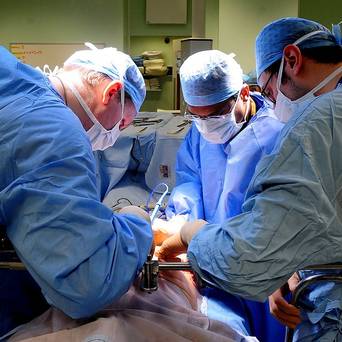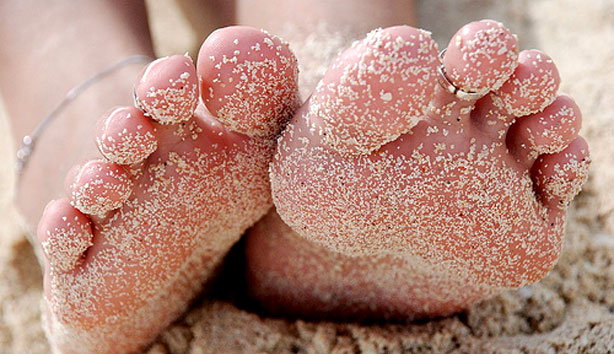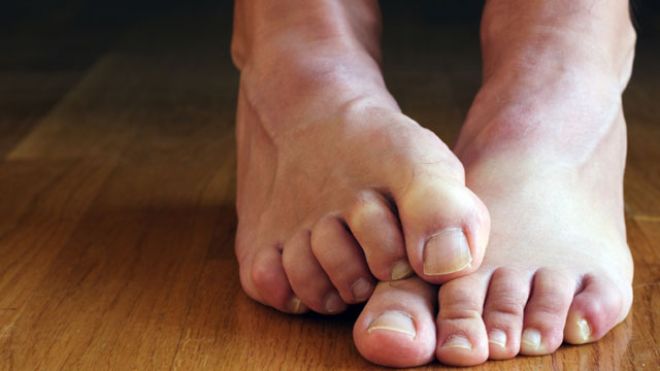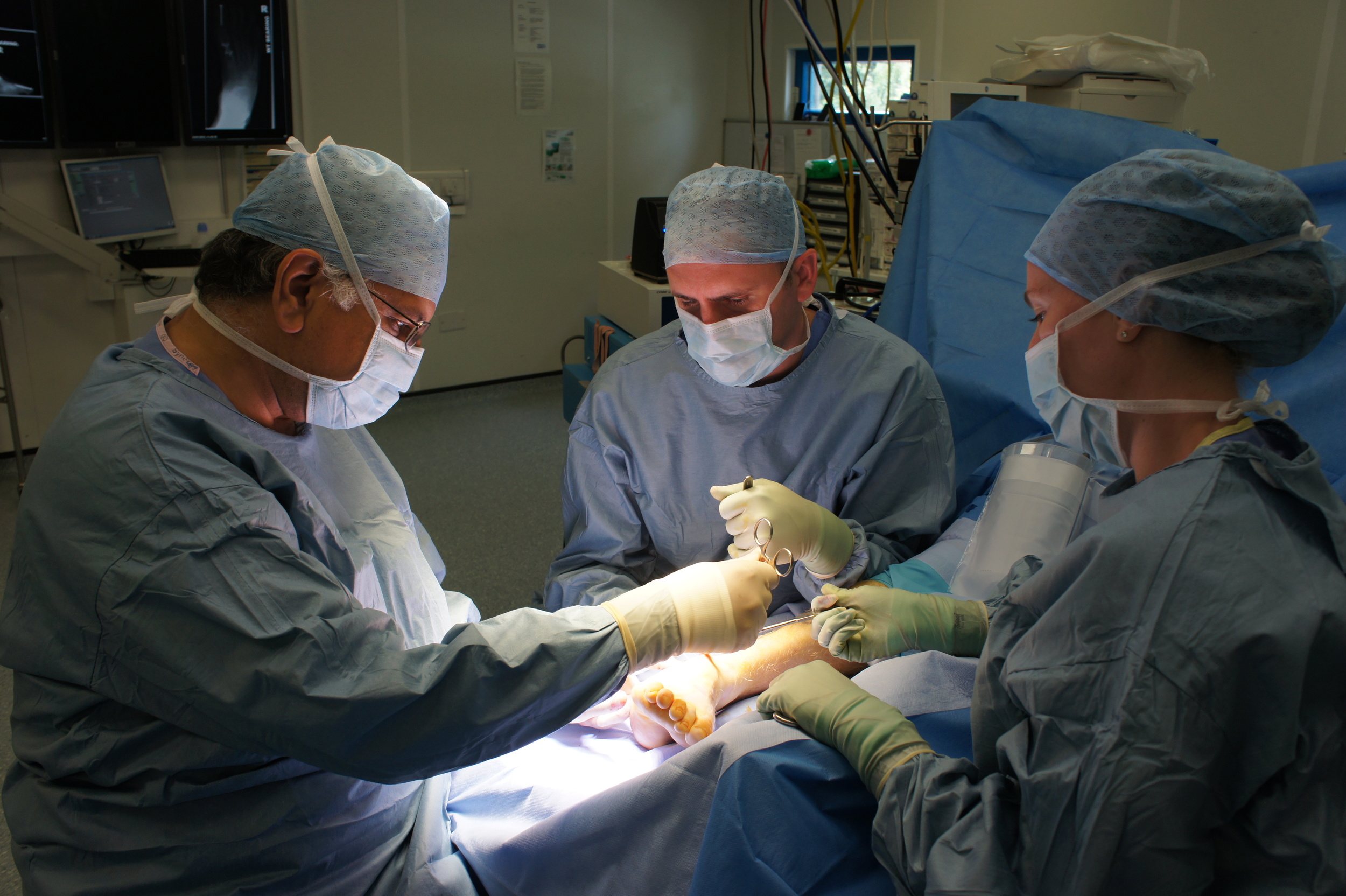Plantar fibroma is a condition that affects the plantar fascia, a thick connective tissue located on the sole of the foot of the feet, associated with discrete rubbery lumps. It can be diagnosed through clinical examination and MRI scans. While these fibromas are generally harmless, they can cause pain, discomfort, and difficulty with walking or wearing certain shoe types. Various treatment options have been explored over the years, attempts to excise these lumps surgery have been made, however the surgery was associated with a very high recurrence rate of the lumps which had become larger and more extensive than prior to surgery. Nowadays, the lumps may be managed simply with cushioned footwear or insoles.
One emerging treatment involves injecting hyalauronidase and steroids. There is research evidence available on the effectiveness of this treatment. Hyaluronidase is an enzyme that breaks down hyaluronin, an important component of the extracellular matrix (ECM), which constitutes the major volume of the fibroma lumps. Hyaluronidase is an organic substance found in the human body. By injecting hyaluronidase into the plantar fibroma, it is believed that the fibrotic tissue is broken down and dissolved, potentially leading to symptom relief. We have observed a reduction in fibroma size in the majority of cases, leading to increased foot function and improved quality of life.
The procedure is very straight forward and is done as a day case under a short general anaesthetic, patients are able to walk normally and wear normal shoes afterwards.


















